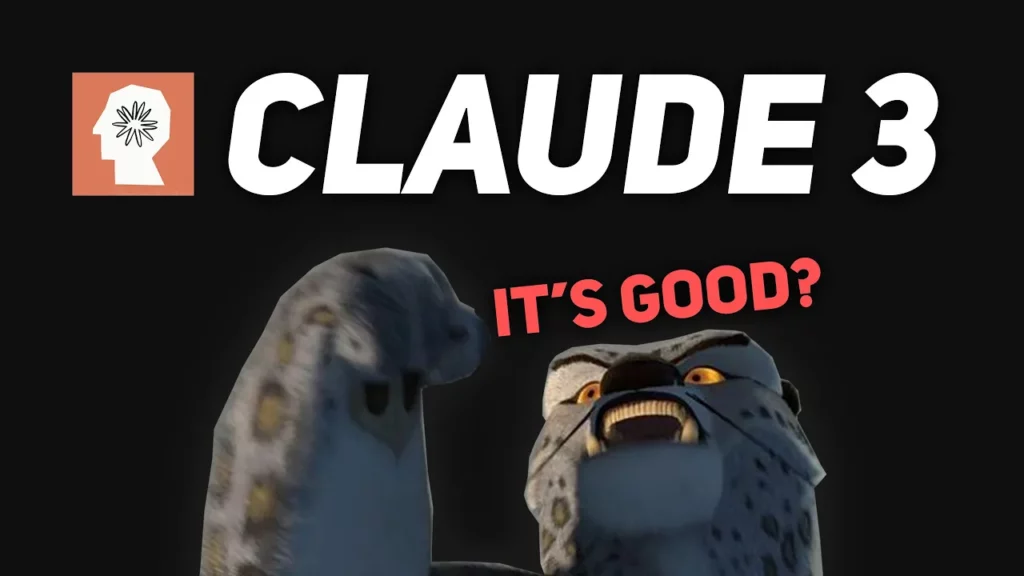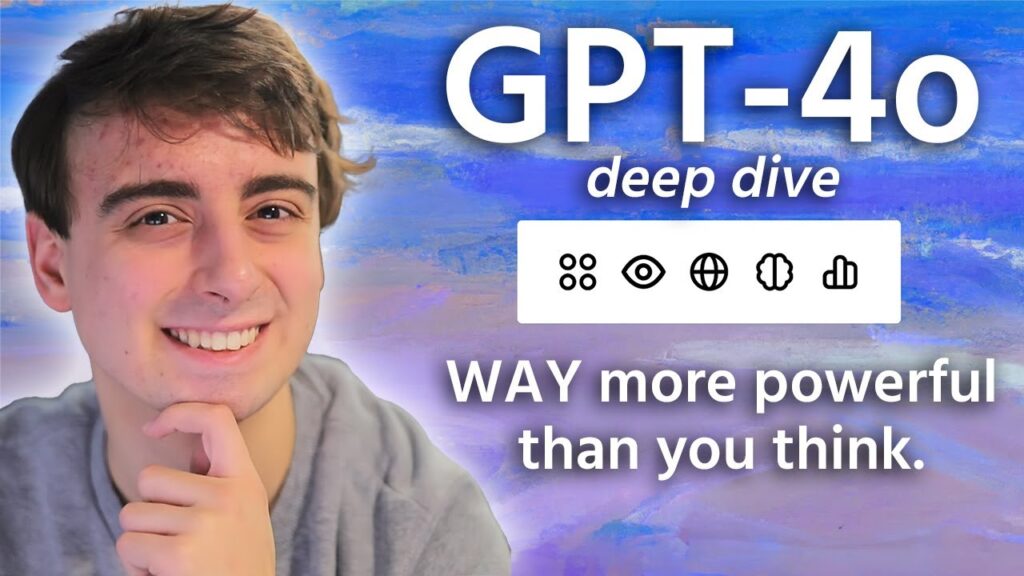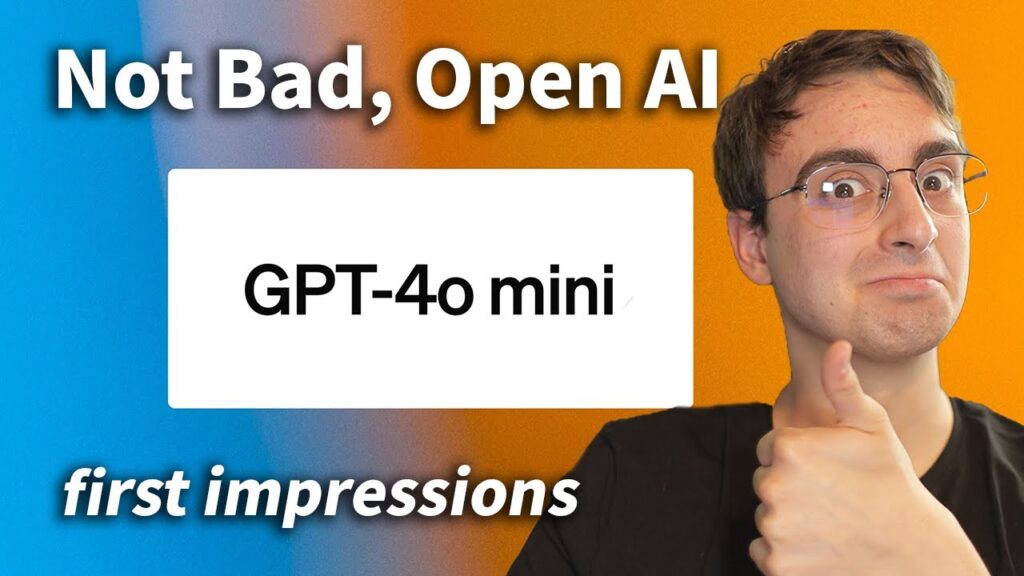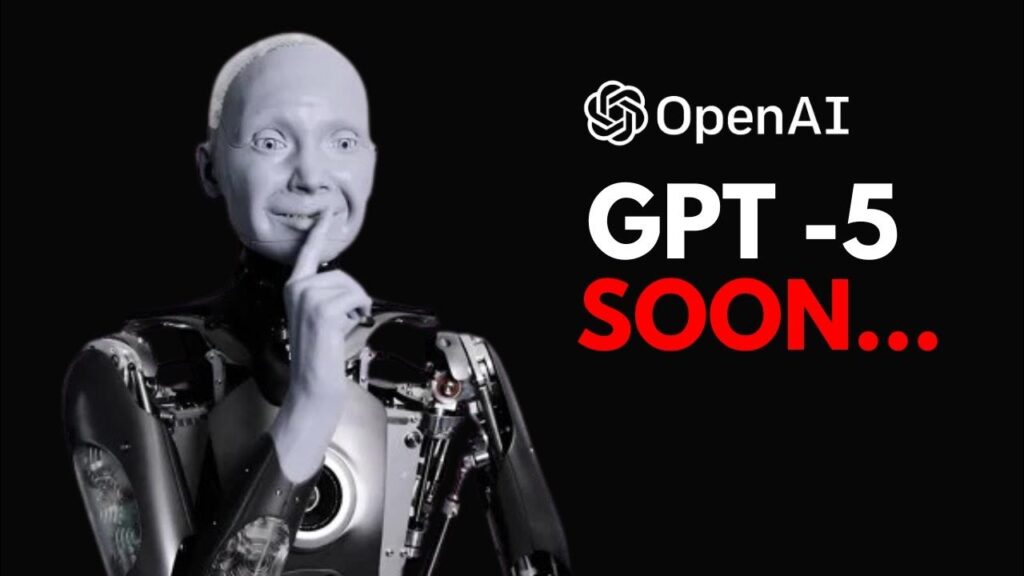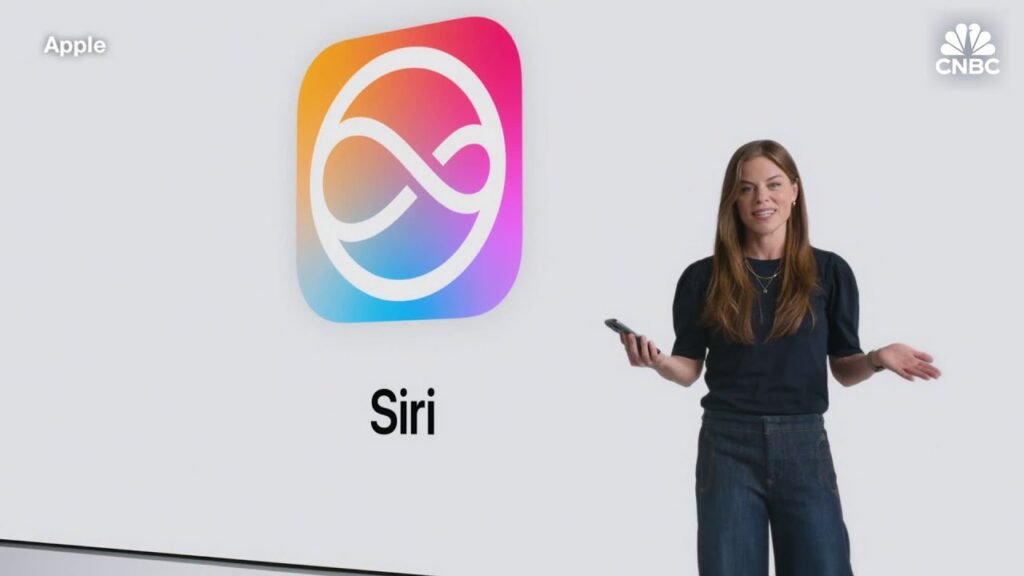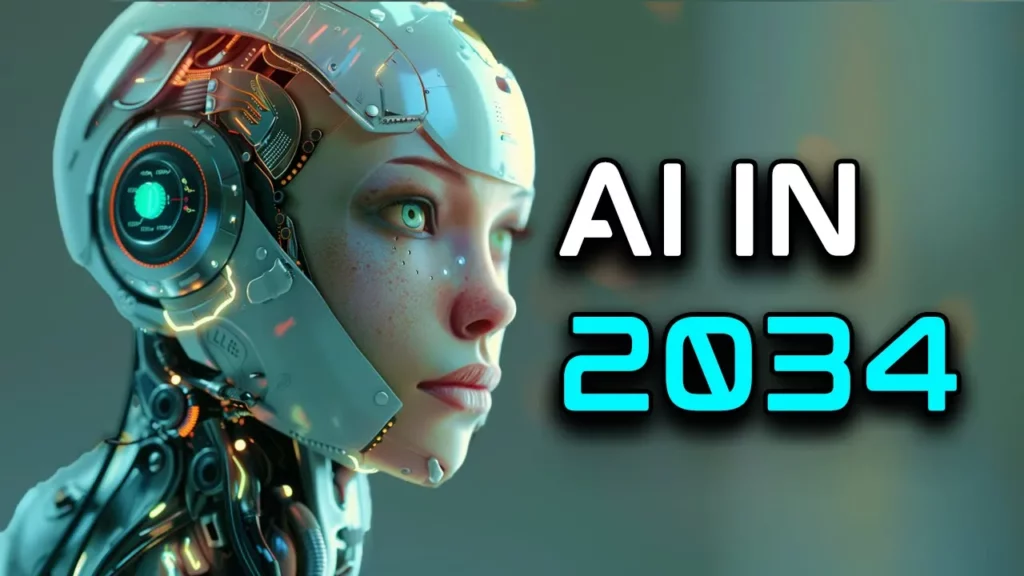In the realm of artificial intelligence, a new contender has emerged, challenging the dominance of Open AI’s impressive technologies. The mhi AI model, though not as advanced as the gp4 Omni from Open AI, has made significant strides in the field. This native multimodal model boasts real-time voice capabilities that can understand and respond to both text and voice inputs simultaneously.
The journey of mhi marks a unique chapter in the evolution of AI technology. Despite its limitations in intelligence when compared to gp4, mhi offers a promising glimpse into the future of AI communication. The model’s open-source nature opens doors for innovation and improvement, allowing developers and enthusiasts to enhance its capabilities over time.
The interaction with mhi showcases both its strengths and weaknesses. While it may not match the intelligence of top-tier AI models, its ability to engage in real-time conversations and understand emotions presents new possibilities for human-AI interaction. The mhi’s voice, though not perfect, demonstrates a competitive edge in the realm of AI communication.
As we look towards the future of AI, the potential for mhi to evolve into a more sophisticated and user-friendly model is evident. The community’s involvement in refining and enhancing mhi could pave the way for groundbreaking advancements in AI technology. Despite its current limitations, mhi stands as a testament to the constant evolution and innovation within the AI landscape.
In conclusion, while mhi may not have surpassed Open AI’s gp4 Omni, it has carved a unique space for itself in the realm of AI communication. The journey of mhi reflects the continuous pursuit of enhanced human-AI interaction and sets the stage for future developments in AI technology.

